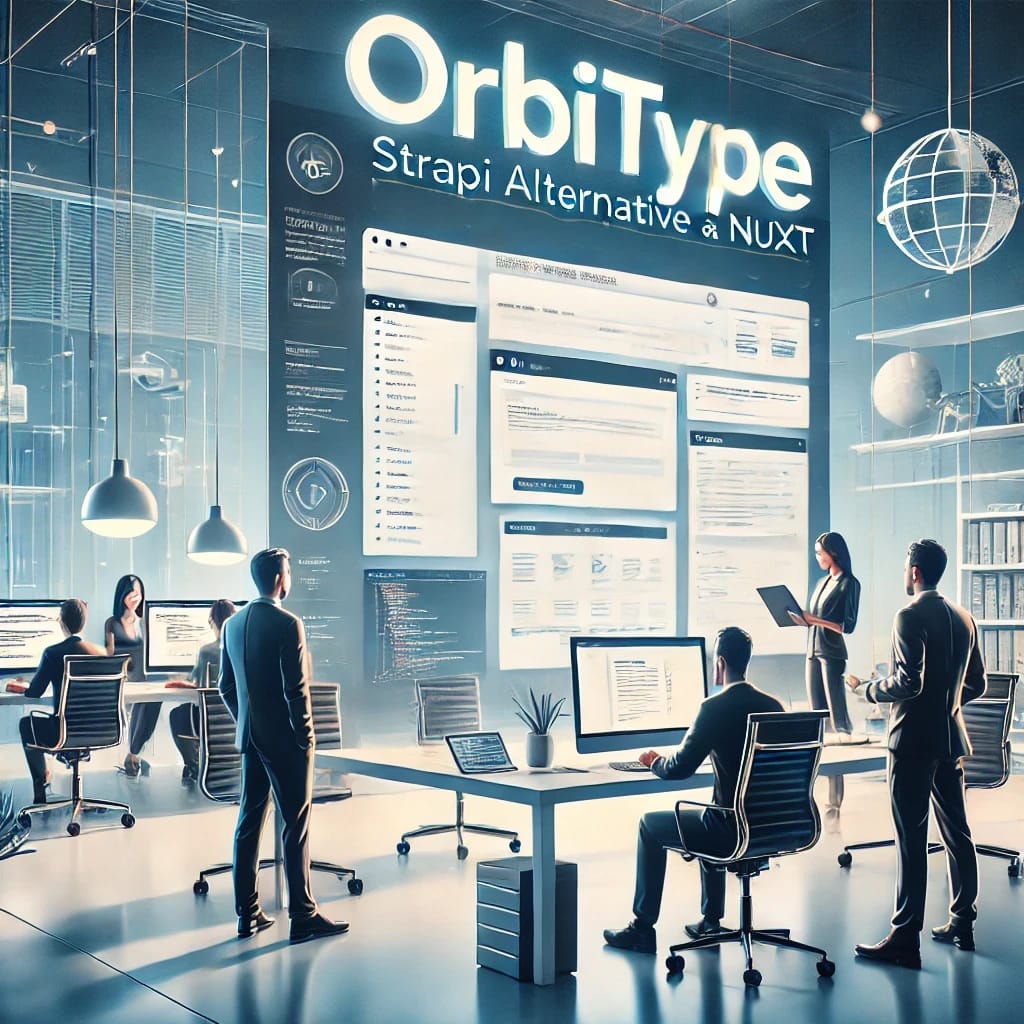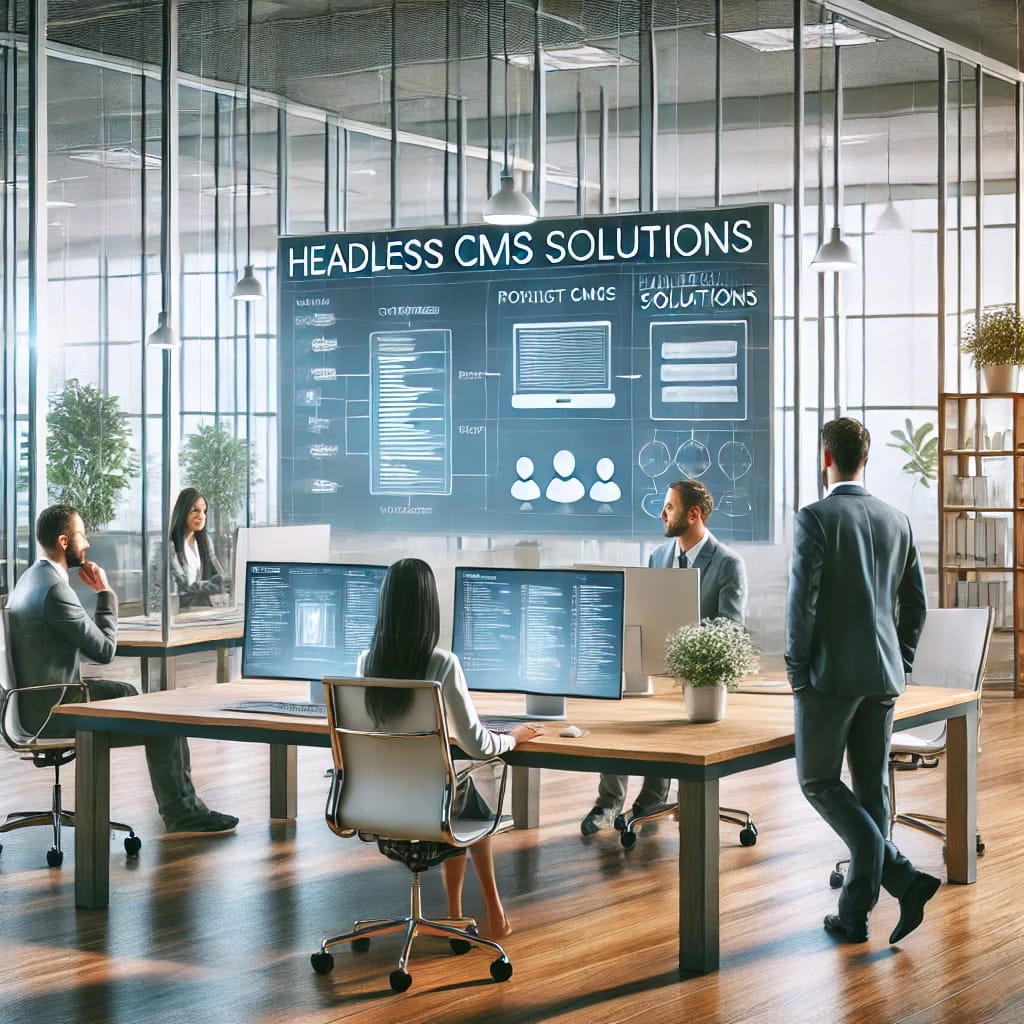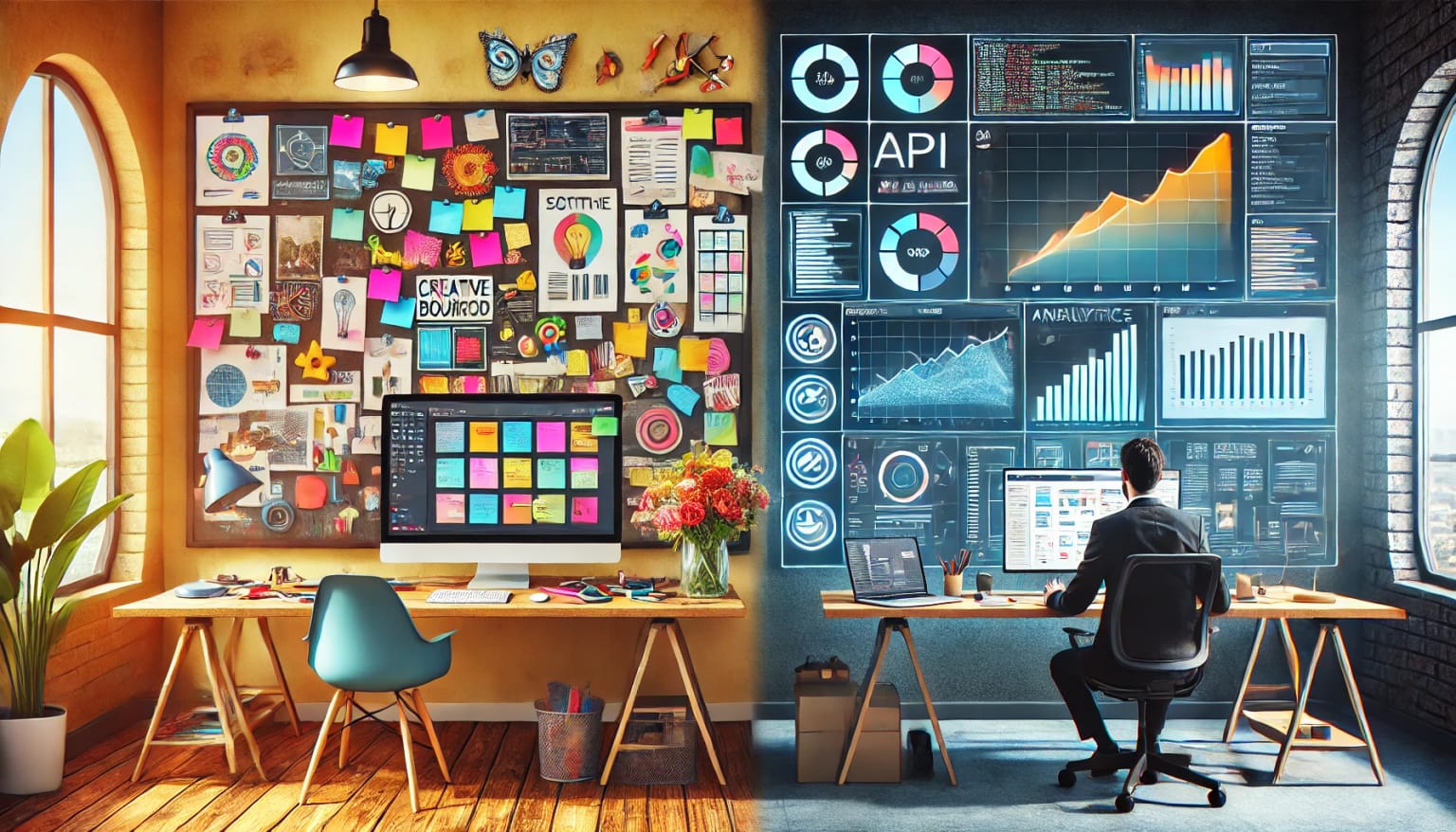
Table of Contents
Introduction
Choosing the right tool for collaboration and content management is a critical decision for individuals and businesses alike. The right platform can improve team efficiency, streamline workflows, and foster better communication. Padlet is widely recognized for its intuitive, visual approach to collaboration, while Orbitype takes a more advanced and developer-friendly approach, offering tools for unifying and managing content at scale.
This blog compares these two platforms, focusing on their features, strengths, and target users. Whether you're a teacher, small business owner, or part of a tech-savvy team, understanding the nuances of both tools will help you make an informed decision.
Padlet Overview
Padlet is a highly visual collaboration tool that allows teams and individuals to share and organize content effortlessly. Whether it’s brainstorming, project planning, or classroom activities, Padlet’s simplicity and interactive features make it a go-to platform for creative and educational use. Its intuitive interface enables users to visually map ideas, create digital bulletin boards, and collaborate in real-time.
Key Features:
User-Friendly Interface: Offers drag-and-drop functionality, making it accessible to users of all skill levels.
Customizable Layouts: Choose from walls, streams, grids, or timelines to suit different project needs.
Cross-Platform Accessibility: Works seamlessly on desktops, tablets, and mobile devices.
Real-Time Collaboration: Teams can post, comment, and interact live.
Media Integration: Supports text, images, videos, and links for a multimedia experience.
Who Is It Best For?
Padlet is particularly suitable for educators, small teams, and individuals who value creativity and visual brainstorming. It’s a great tool for capturing ideas quickly and collaboratively, making it a favorite in classrooms and creative industries.
Orbitype Overview
Orbitype is a versatile headless CMS and content management platform tailored for businesses and developers seeking efficiency and scalability. Unlike traditional collaboration tools, Orbitype empowers users to unify their workflows, manage complex data structures, and seamlessly integrate with existing systems. Its adaptability makes it suitable for small businesses, large enterprises, and development teams alike.
Key Features:
Unified Data Management: Consolidates data, tools, and workflows into a single, easily manageable platform.
Auto-Adapting API: Provides robust API support for integrating with various software tools and frameworks.
Custom Dashboards: Automatically generates dashboards for visualizing data and project performance.
Scalability: Designed to grow with your business, handling complex workflows with ease.
Flexibility Without Lock-In: Ensures users aren’t tied to a single tech stack, providing the freedom to adapt and evolve.
Who Is It Best For?
Orbitype is ideal for businesses, agencies, and developers looking for a flexible, scalable solution to manage content and workflows. Its developer-friendly approach allows teams to build, customize, and scale efficiently, making it a preferred choice for those managing large-scale projects or seeking to unify their digital operations.
Padlet vs. Orbitype: Feature Comparison
When comparing Padlet and Orbitype, each platform caters to different user needs. Padlet is known for its simplicity and ease of use, offering intuitive tools for visual collaboration and brainstorming. Its drag-and-drop interface and customizable layouts, such as walls, grids, and timelines, make it ideal for quick idea sharing. Padlet integrates with popular tools like Google Drive and Office 365, providing accessibility and convenience for teams and educators. However, it lacks advanced features for handling complex workflows or large-scale content management.
On the other hand, Orbitype is designed for businesses and developers needing a scalable and flexible solution. Unlike Padlet, Orbitype focuses on unifying data, tools, and workflows in a centralized platform. Its auto-adapting API allows seamless integration with existing systems, while its custom dashboards provide visual insights without manual setup. Orbitype’s advanced customization options make it suitable for managing complex data structures or streamlining operations. Although it may require a learning curve for non-technical users, Orbitype’s scalability and robust features make it a strong choice for long-term growth and efficiency.
In summary, Padlet excels in simplicity and creativity, while Orbitype stands out for its scalability and developer-friendly features. Your choice depends on whether you need a straightforward visual collaboration tool or a more comprehensive content management system.
Why Choose Orbitype Over Padlet?
While Padlet is great for brainstorming and quick visual projects, Orbitype excels in scalability, integration, and advanced customization. Businesses looking to streamline their data and content management will find Orbitype’s developer-friendly environment and robust APIs invaluable.
Key Advantages of Orbitype:
Scalability: As businesses grow, Orbitype can handle increasing complexities.
Unified Platform: No need to switch between tools—Orbitype centralizes everything.
Enhanced Productivity: Automatic dashboards and integrations improve workflow efficiency.
Flexibility for Developers: Tailor solutions without restrictions.
Conclusion:
Choosing between Padlet and Orbitype ultimately depends on your specific needs. Padlet excels in simplicity and visual collaboration, making it perfect for brainstorming sessions or quick content sharing. On the other hand, Orbitype offers advanced capabilities for managing data and workflows, tailored for teams and businesses looking to scale efficiently.
If you’re curious about a more robust solution, Orbitype is worth exploring. With its focus on unifying tools, automating insights, and supporting seamless integrations, it’s designed to enhance productivity and flexibility for a wide range of users. Whether you're managing complex projects or seeking a scalable content management system, Orbitype might be the tool to take your workflow to the next level.
Learn more about Orbitype and see how it fits into your processes at Orbitype.com. It could be the solution you've been looking for!
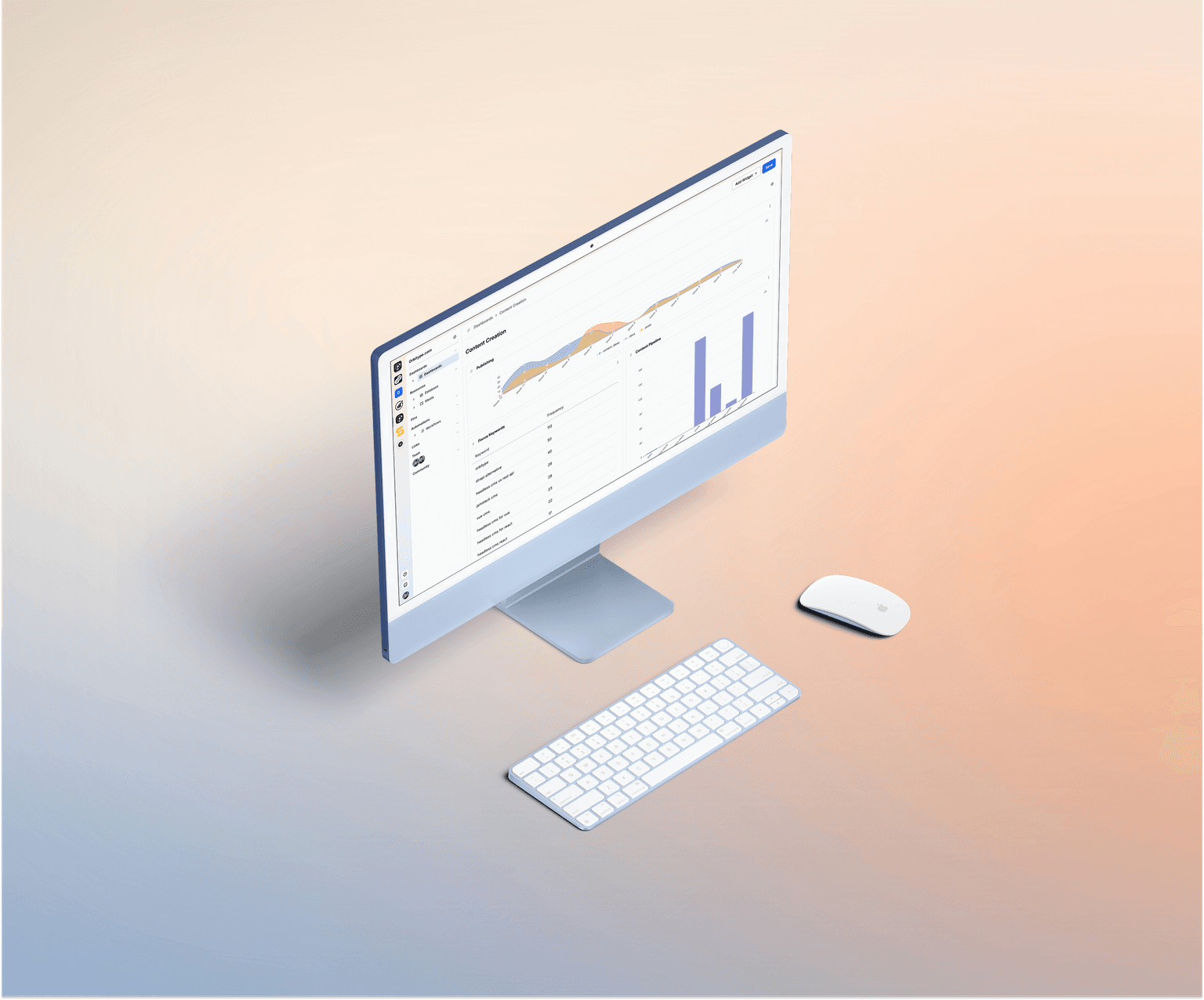
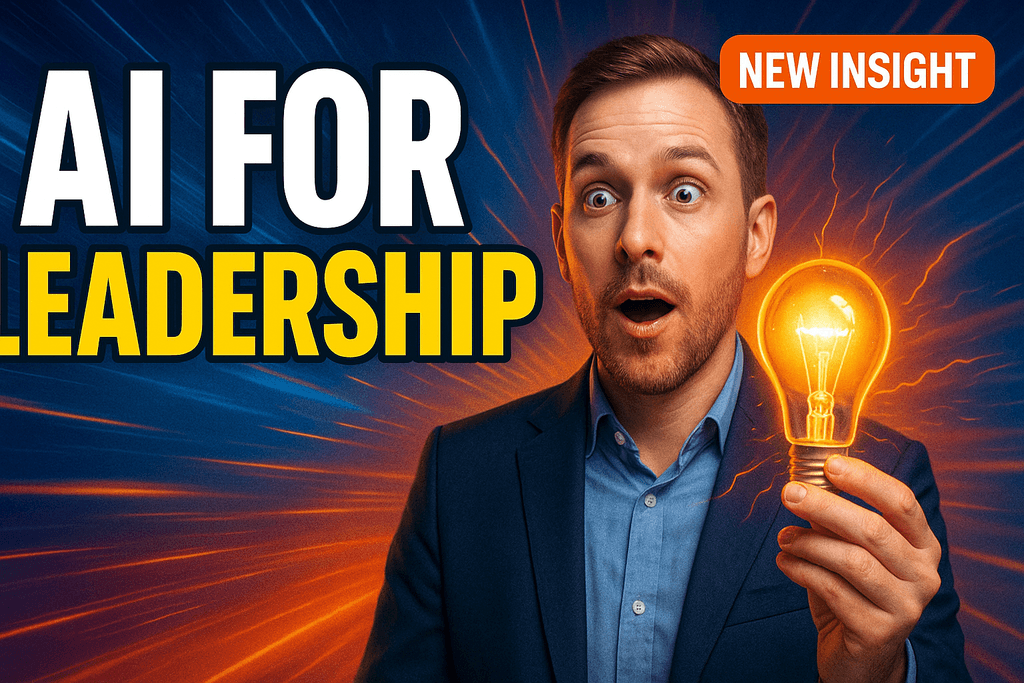
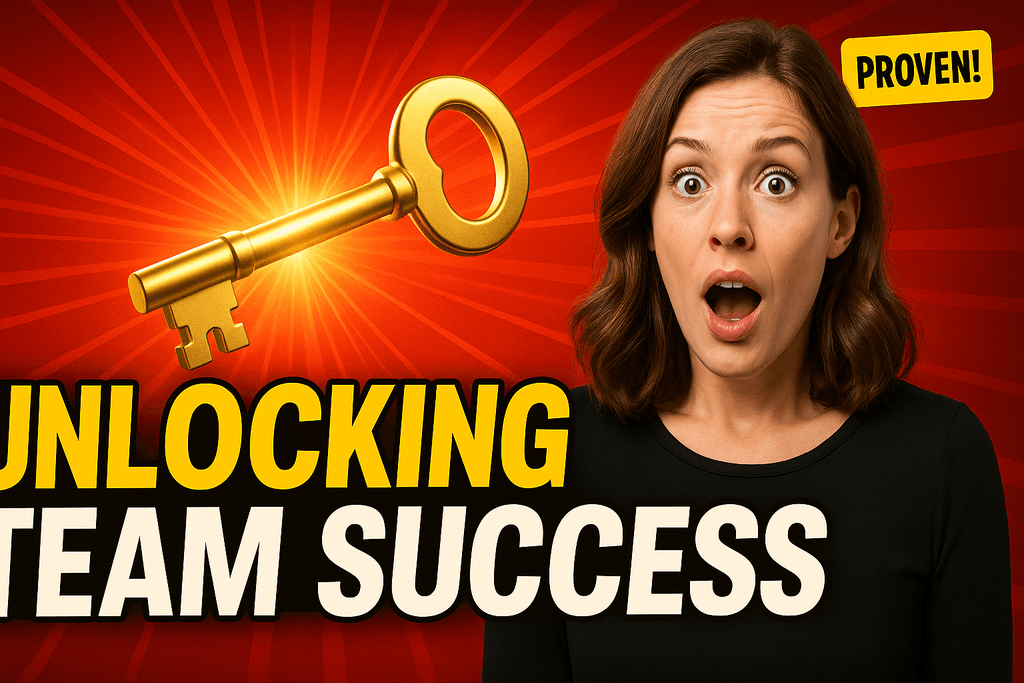
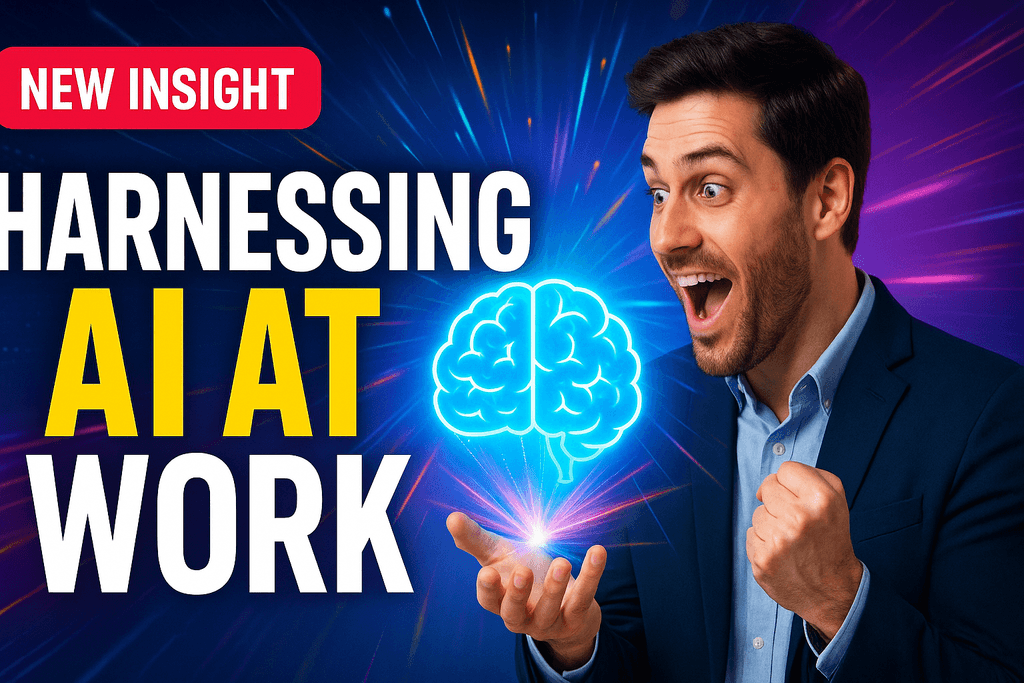
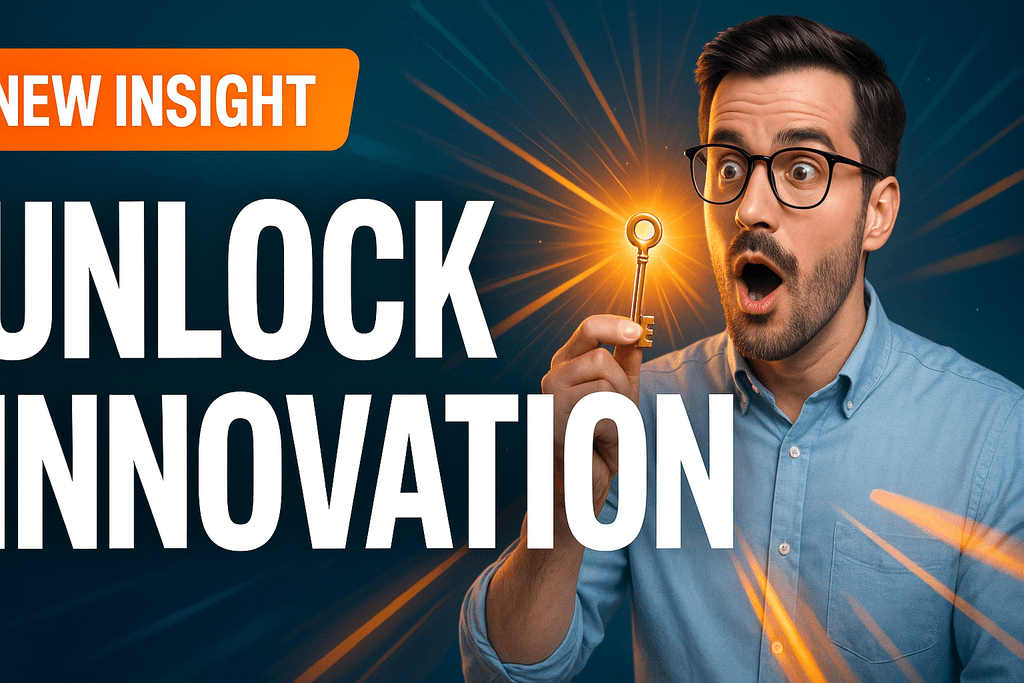
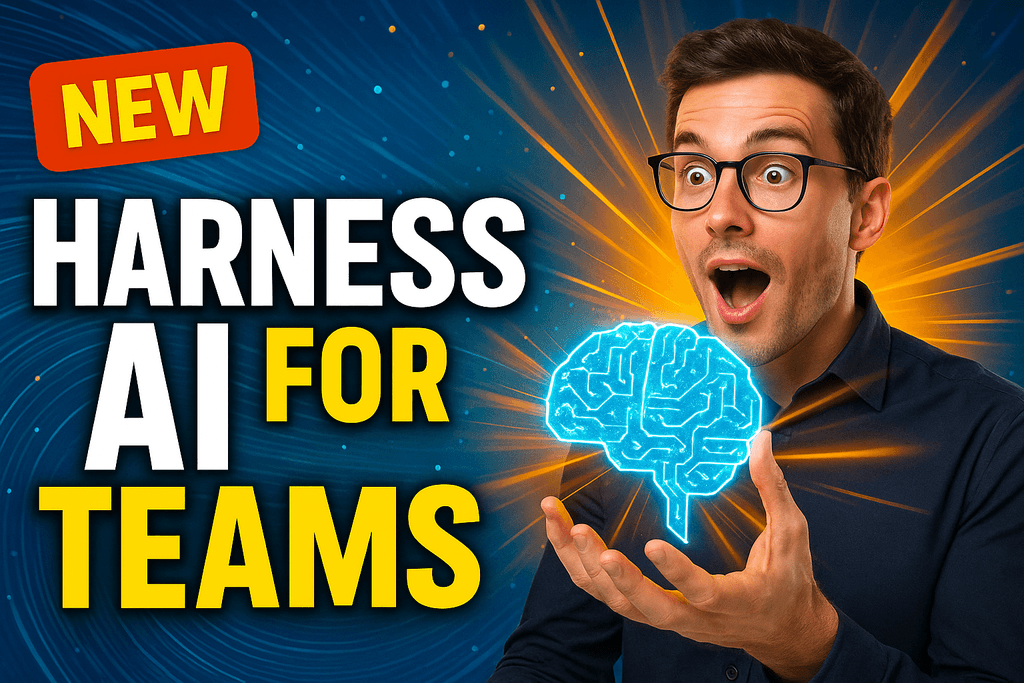
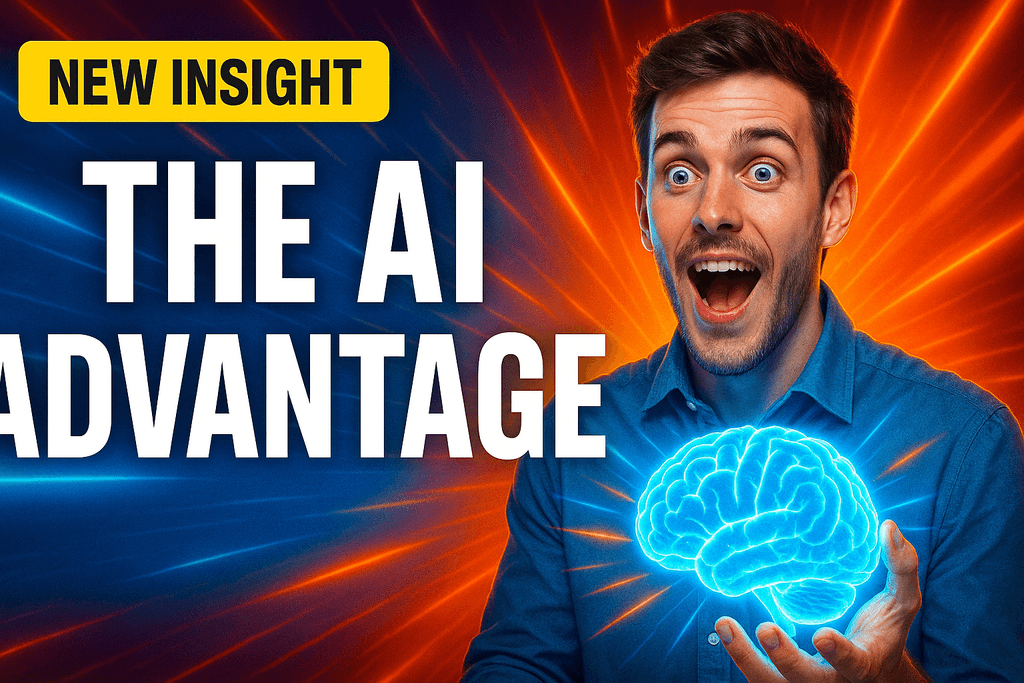
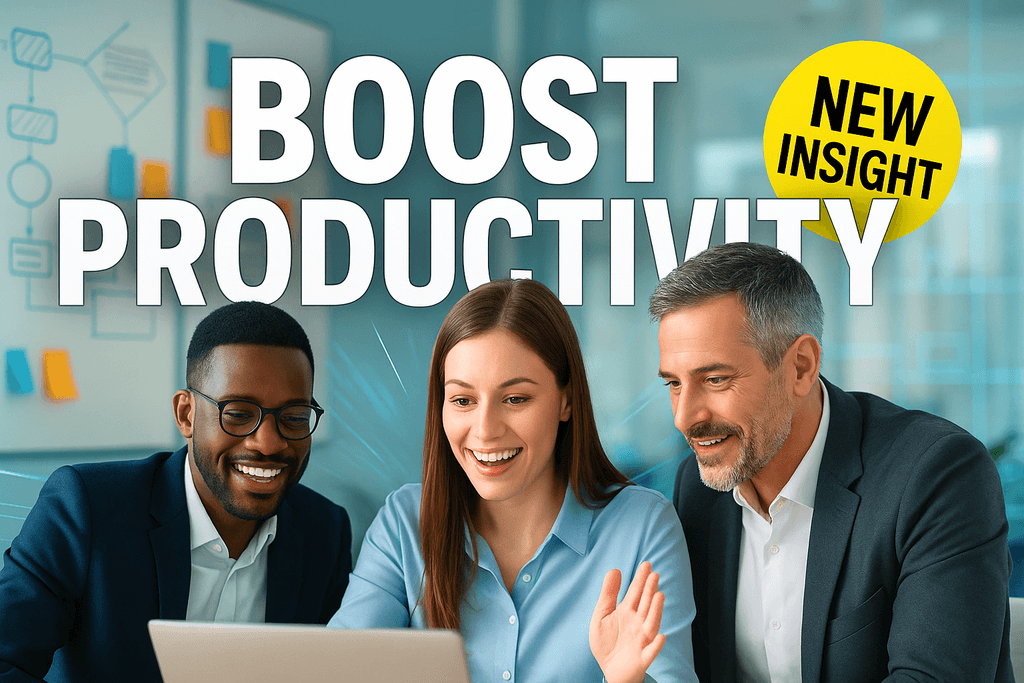
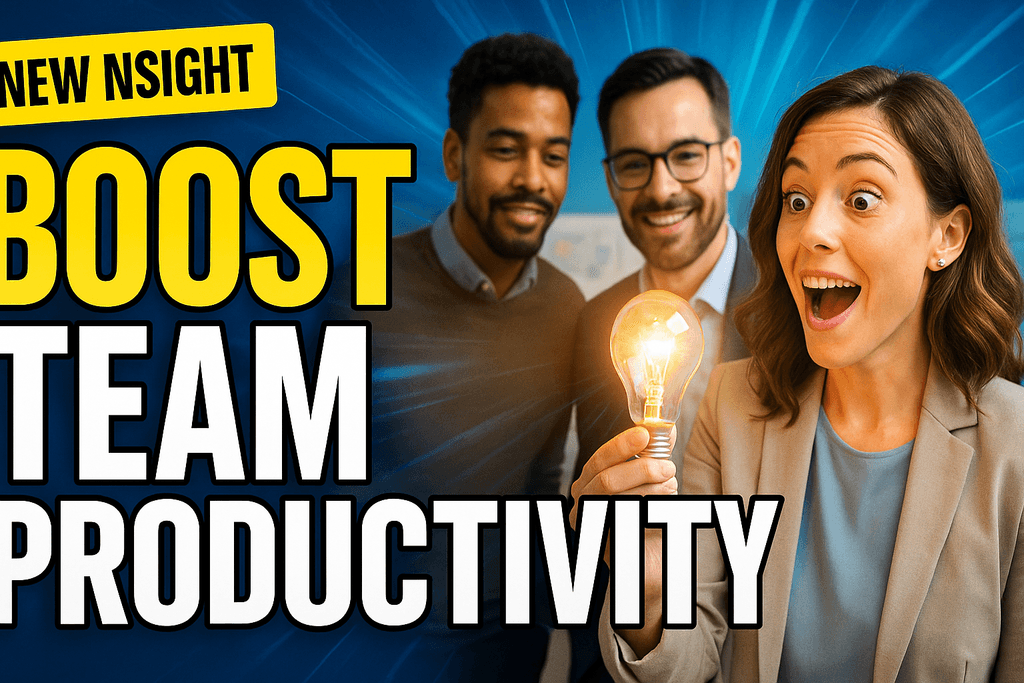









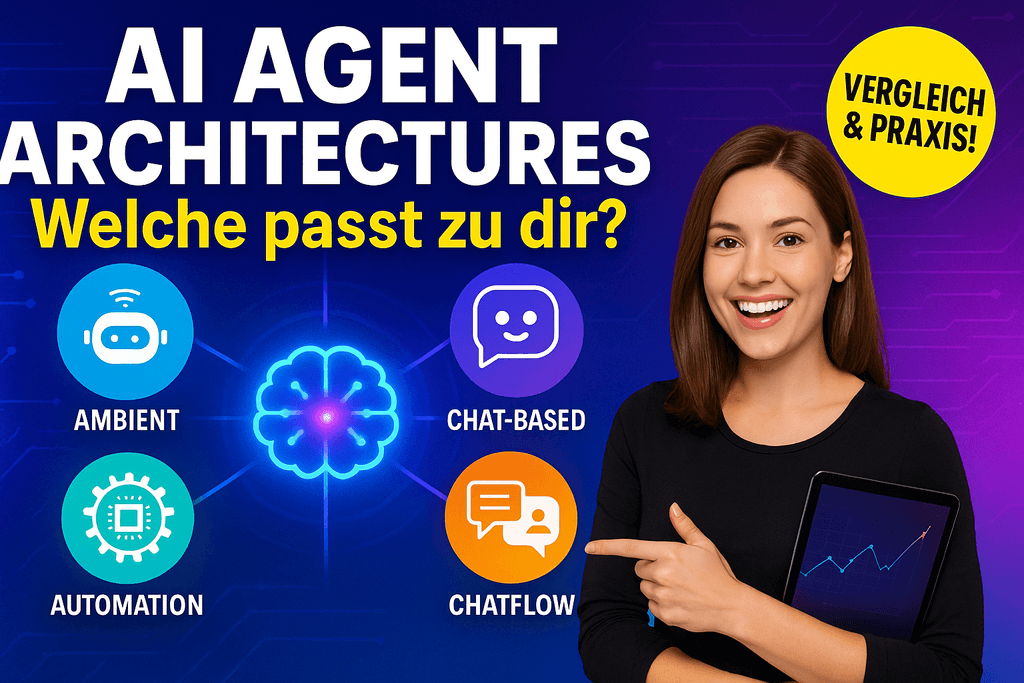
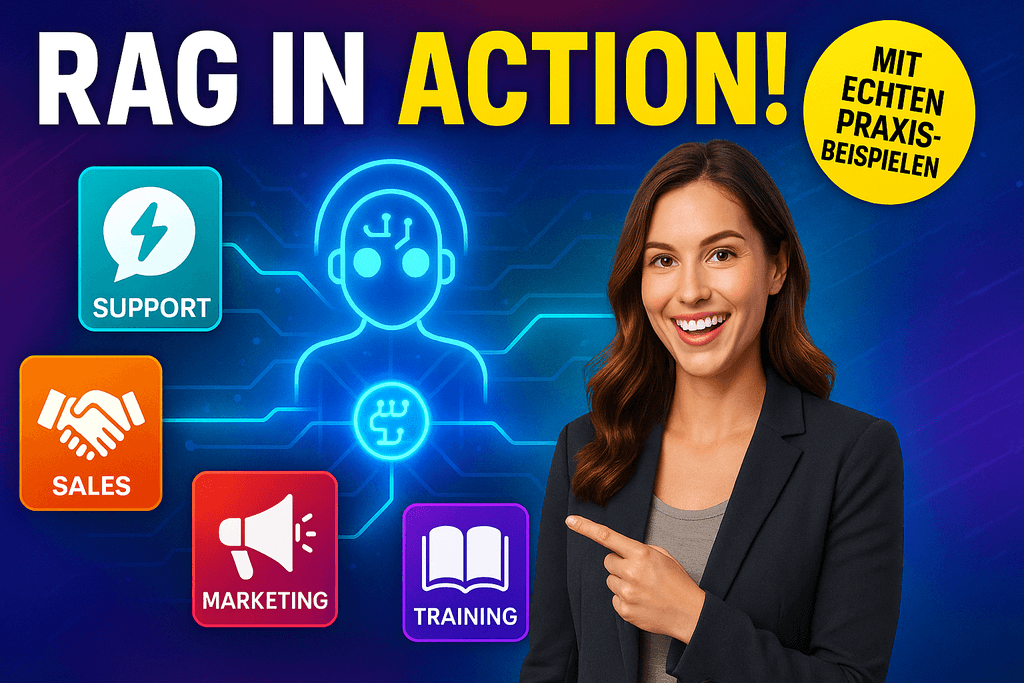
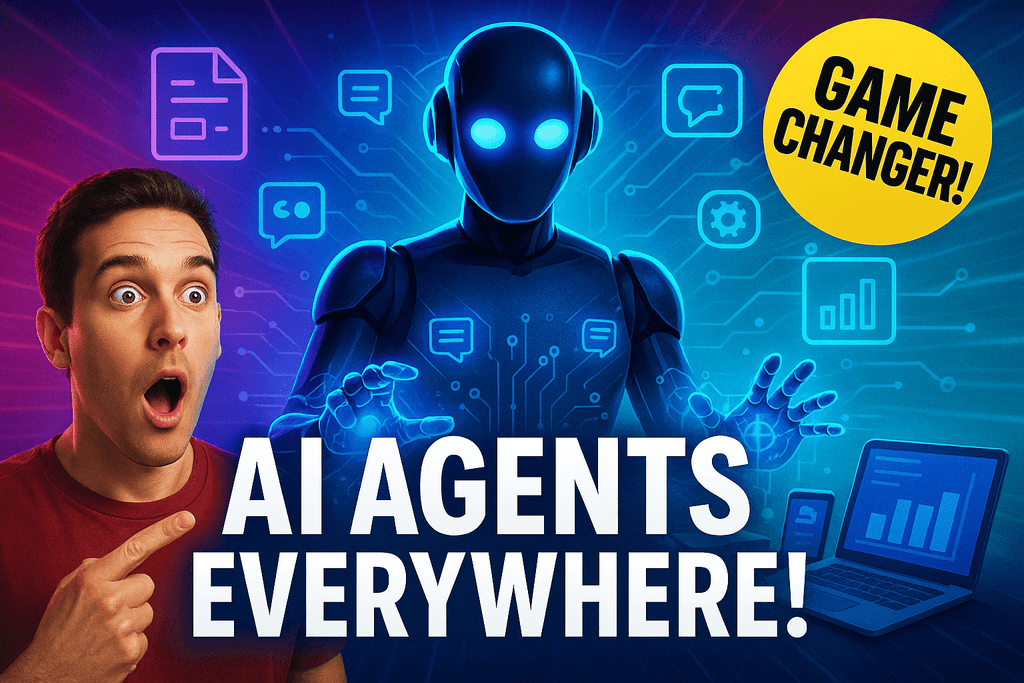
.png&w=1024&q=80)
